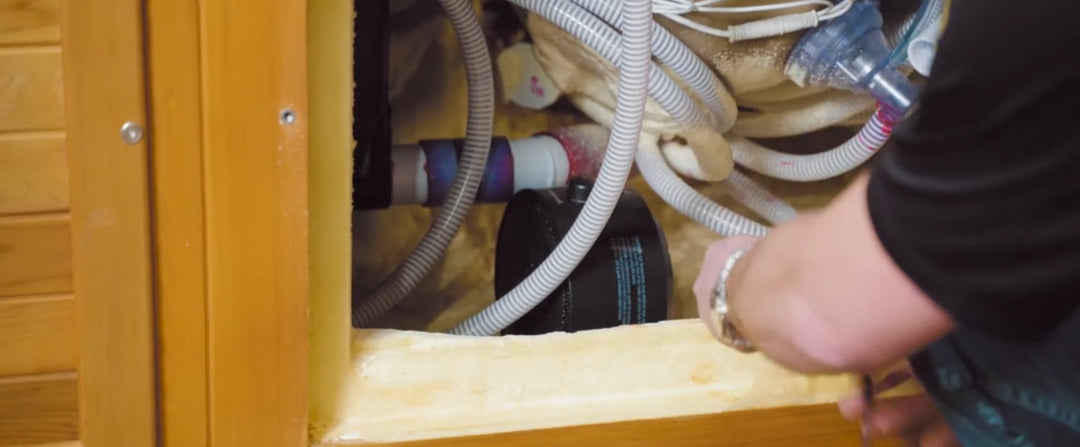💧 How to Safely Add Liquid Chlorine to Your Pool
Liquid chlorine (sodium hypochlorite) is a powerful and effective pool sanitizer, but it must be handled with care. This guide will walk you through safe application and best practices for protecting your pool and yourself.
⚠️ Safety First: Wear Proper Protection
Liquid chlorine is 4 to 6 times stronger than standard household bleach. Always use personal protective equipment when handling it:
-
👟 Closed-toe shoes (no sandals)
-
🧤 Rubber gloves
-
👖 Long pants
-
🥽 Eye protection
💡 If chlorine splashes on your skin, rinse the area thoroughly with clean water immediately.
🌙 Best Time to Add Liquid Chlorine
Liquid chlorine is unstabilized and will quickly degrade in sunlight. For effective results:
-
✅ Add after sunset
-
❌ Avoid daytime application (unless indoors or fully shaded)
-
✅ Ensure pump is running for circulation
🪜 Step-by-Step Instructions
1. Get Ready
-
Turn on your pool pump
-
Remove pool covers or floating objects
2. Handle the Jug with Care
-
Hold the jug away from your body
-
Extend your arm safely over the pool
-
Never lean so far that you risk falling in
3. Add to the Deep End
-
Slowly pour chlorine into the deep end
-
Keep the jug close to the water to avoid splashing
4. Brush the Pool
-
After dosing, brush the walls and floor
-
This helps:
-
Spread chlorine evenly
-
Kill algae on surfaces
-
Prevent chlorine from settling and damaging the liner
-
5. Run the System Overnight
-
Keep the pump running overnight
-
Leave the pool uncovered for ventilation
🧪 Test Your Chlorine Level the Next Morning
By morning, your free chlorine reading should be:
-
✅ 1–3 ppm (normal range)
-
📈 Higher if you're treating for algae or shocking the pool
🔎 If chlorine is at zero, there may be organic load or low stabilizer. Recheck your water chemistry.
📌 Important Reminders
-
Store chlorine in a cool, shaded location, away from children and pets
-
Never mix chlorine with other chemicals
-
Do not dilute unless instructed by a pool professional
-
Use a reliable test kit or digital tester for accurate readings
🛠️ Need Help?
We’re here to help with expert support, water testing, and professional service.
👉 Visit our retail store for free water testing
👉 Contact us to schedule service or ask a question
👉 Shop chlorine and water care products online at premierpools.com





